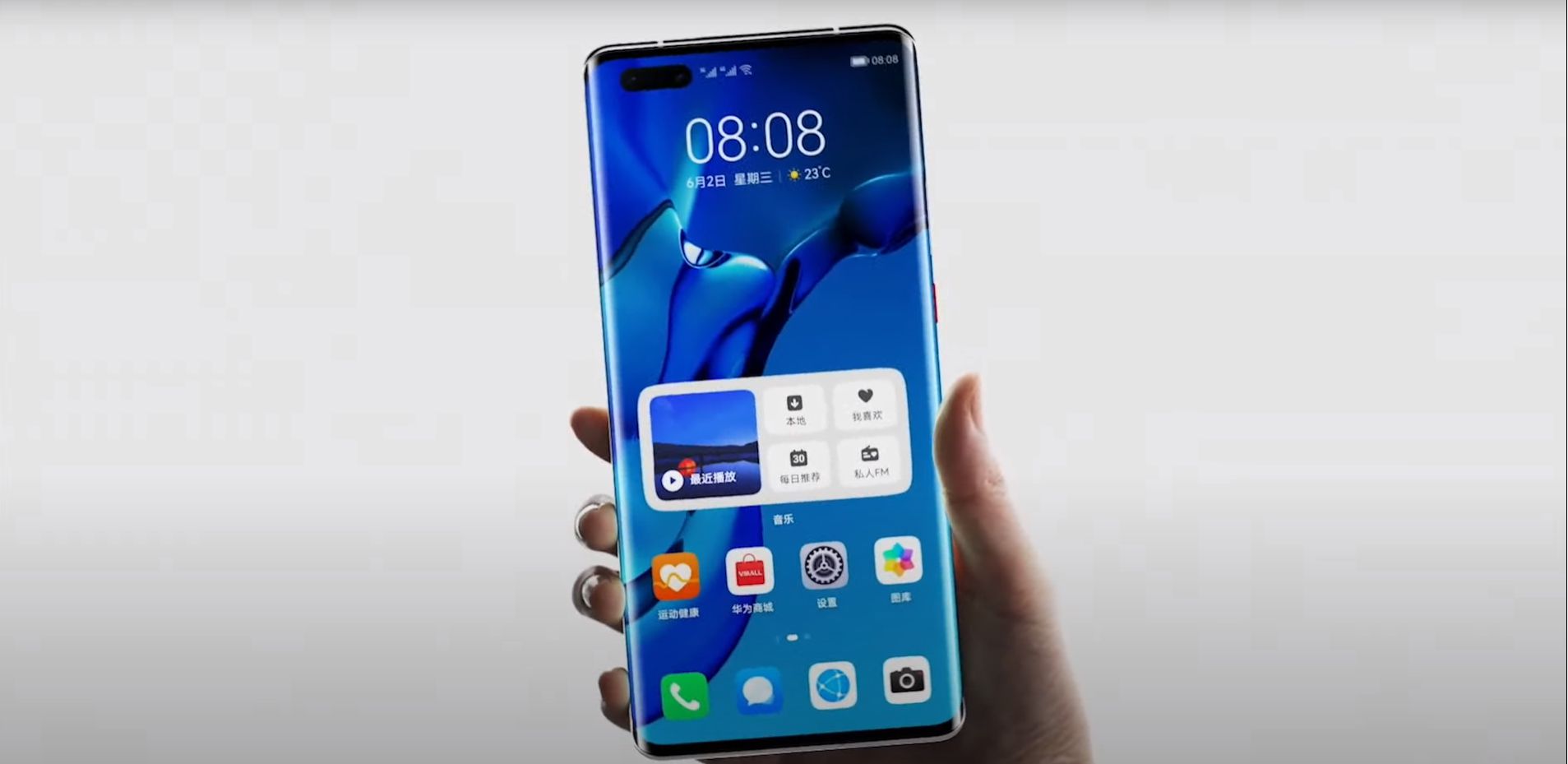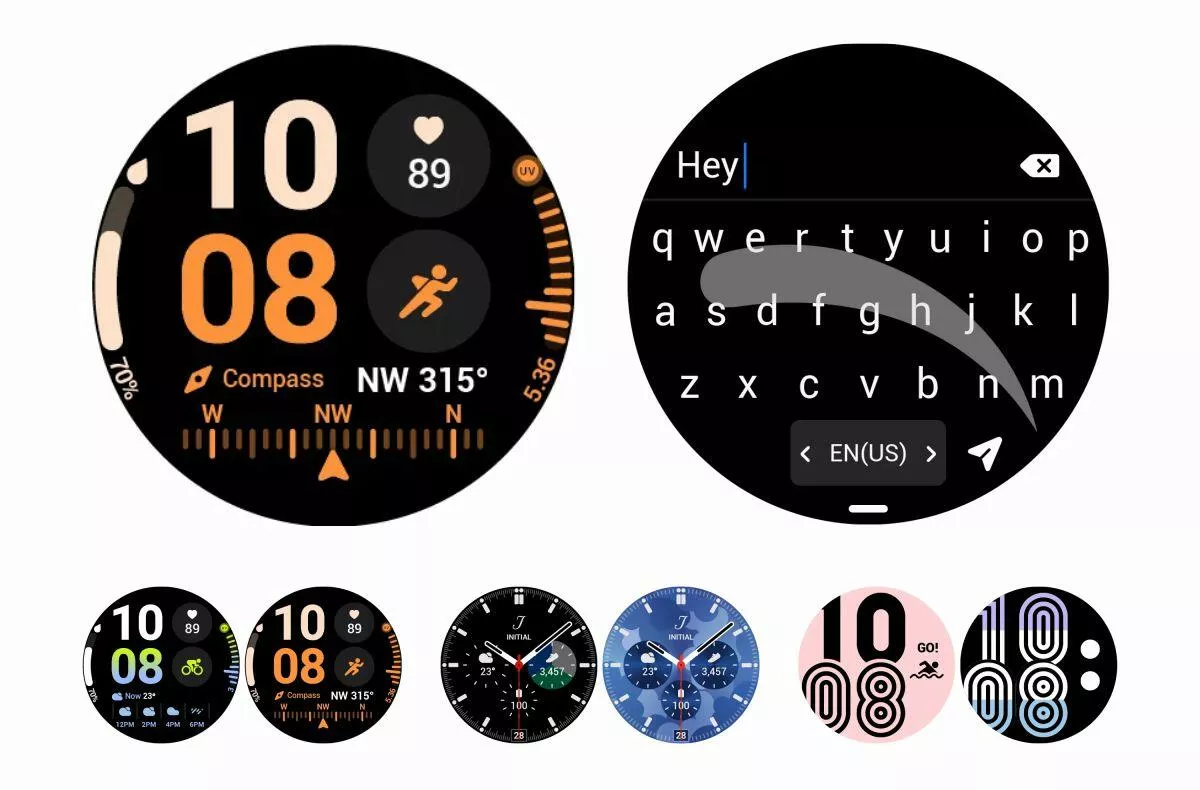HarmonyOS 2.0: In the sign of a unified ecosystem
It is here. Today, Huawei officially introduced a new version of its HarmonyOS 2.0 operating system, also designed for smartphones. Although this is a significant innovation, from the point of view of the user experience, there is no need to worry about unnecessary complications. They build on the well-known foundations of the EMUI superstructure.
The main idea behind HarmonyOS 2.0 is to create a single platform for smart devices of all kinds. Huawei wants to offer customers a unified user experience, one well-known system that adapts to different types of devices.
The operating system from the Huawei workshop is coming to the market through new tablets MatePad Pro and MatePad 11. In addition, the expected smart watch Huawei Watch 3 and Huawei Watch 3 Pro get it in the wreath. It can be used on a really wide range of devices, from those with 128 KB of RAM to traditional devices with more than 4 GB of memory.
Common basics, different design
Despite the same basis, the user interface of the system differs depending on the type of device. It looks natural on a smart watch naturally than on a tablet. HarmonyOS 2.0 will be available on smartphones from June 2. Therefore, Huawei presented several basic features designed specifically for smartphones.
For example, user gestures and principles to simplify working with applications will not be missing. An example is displaying information from pinned applications on the main screen. Drag the icon to display a reduced application interface that displays basic information. When grouping applications into folders, the system will again display a recommendation to add another application of a similar type.
When multiple devices are connected, content from all devices will be displayed in the open applications report. This gives the user an overview of everything they have running and at the same time can very easily switch between individual applications and move them between devices.

The sports application from a smart watch can be transferred in real time to a tablet, where it will use more display space. The important thing is that moving applications should work completely smoothly without having to install them on each of the connected devices.
Widgets will work in a similar way. In practice, these are reduced previews of applications that can also be shared between devices.
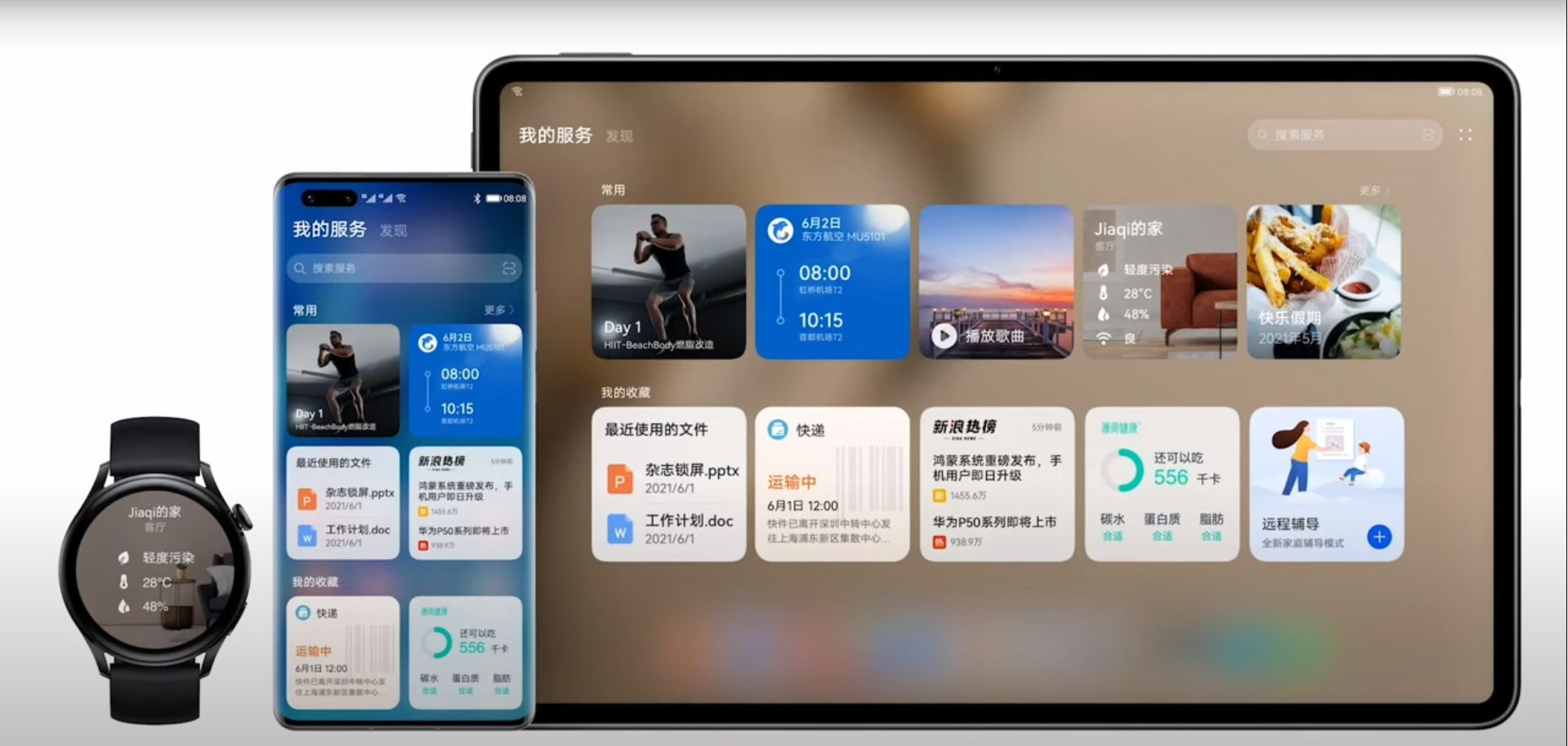
Huawei in connection with the new system mentions advanced optimization in the use of hardware resources. In addition to smooth use and switching between open applications, or higher performance in graphics operations, this should also affect the overall battery life.
The problem of gradual deceleration of the system is to be practically completely eliminated – the system will behave equally smoothly for at least 36 months.
Building a comprehensive ecosystem
An important part of the whole platform is the HarmonyOS Control Panel. Through this interface, it is possible to control all connected devices from one place. We can simply imagine this as a quick settings section, through which, for example, it is possible to select preferred applications for playing content, select target devices, move content and the like.
The control panel overview simply shows all available devices from the area. It allows them to be easily connected, which should be a matter of dragging or zooming in on devices instead of a more complex manual pairing process. The basis is therefore a simple and very comfortable switching between several devices. At the same time, it concerns the transfer of data between devices.
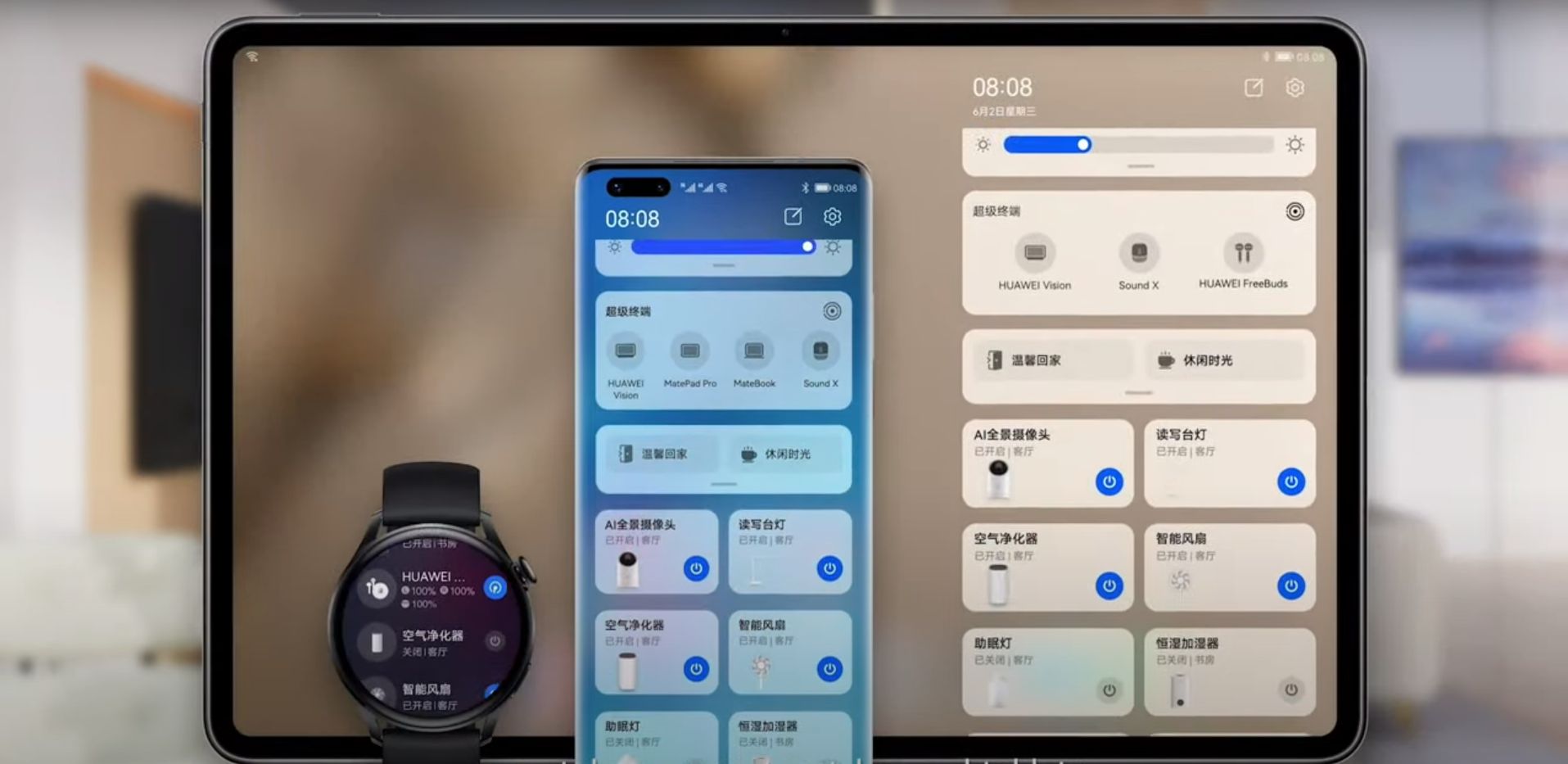
The control panel is available for smart watches, tablets and smartphones. In the future, you should find your place on all smart devices with a screen.
Today’s introduction of the system means so much that Huawei has laid the foundations for the creation of one complete ecosystem for all future devices. We obviously have to wait for more information on what exactly the release of the new system will mean for smartphones.
Which devices will get HarmonyOS 2.0?
At the end of the presentation, Huawei also published the current plan for the availability of its new system. Approximately 100 devices will be updated. From June 2, 2021, it will be available for Huawei Mate 40, Huawei P40, Huawei Mate 30 and Huawei MatePad Pro series devices.
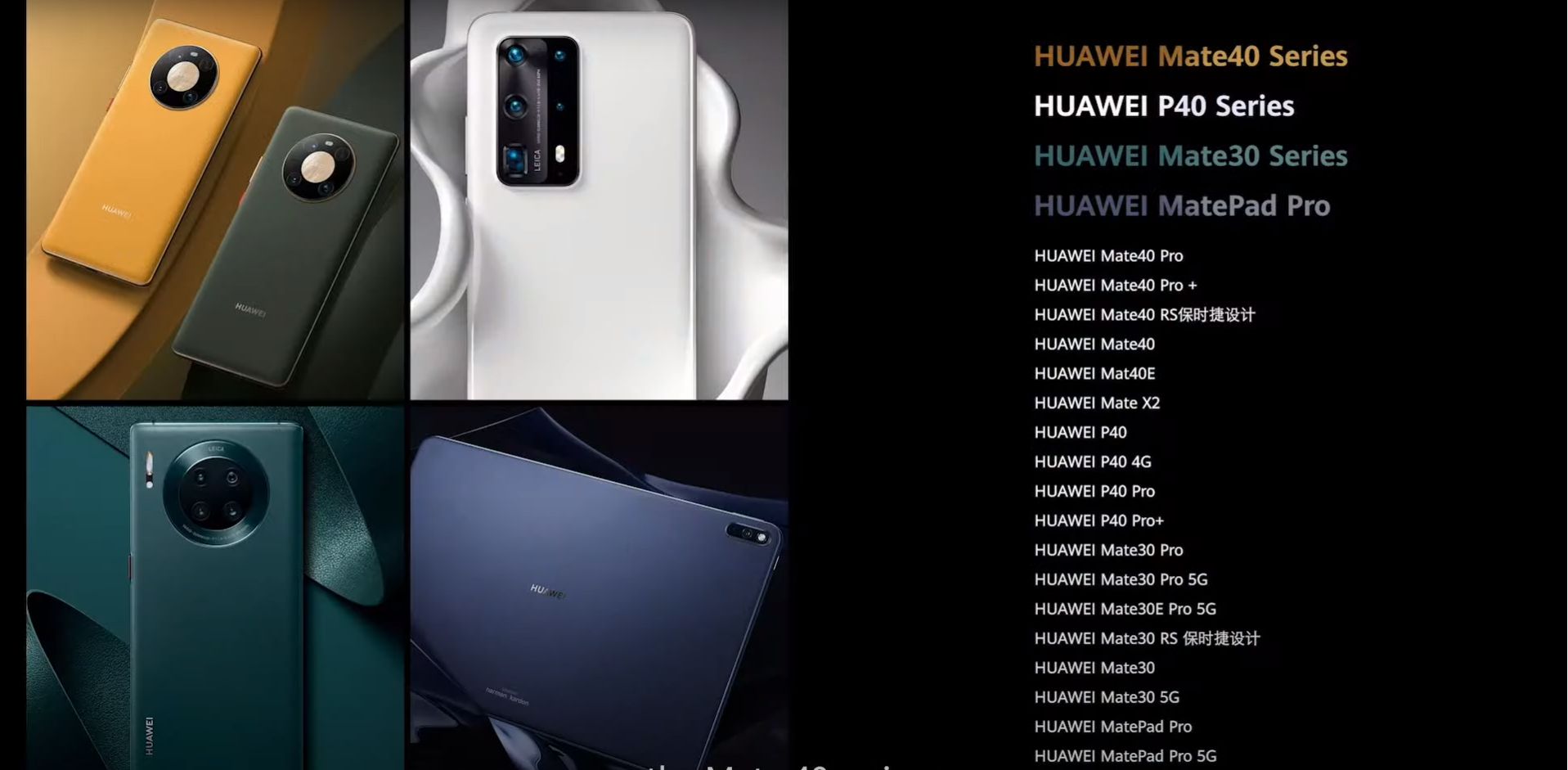
During the third quarter of this year, the Huawei Mate 20, Huawei Nova 8, Huawei Nova 7, Huawei Nova 6 and Huawei MatePad series will take place.
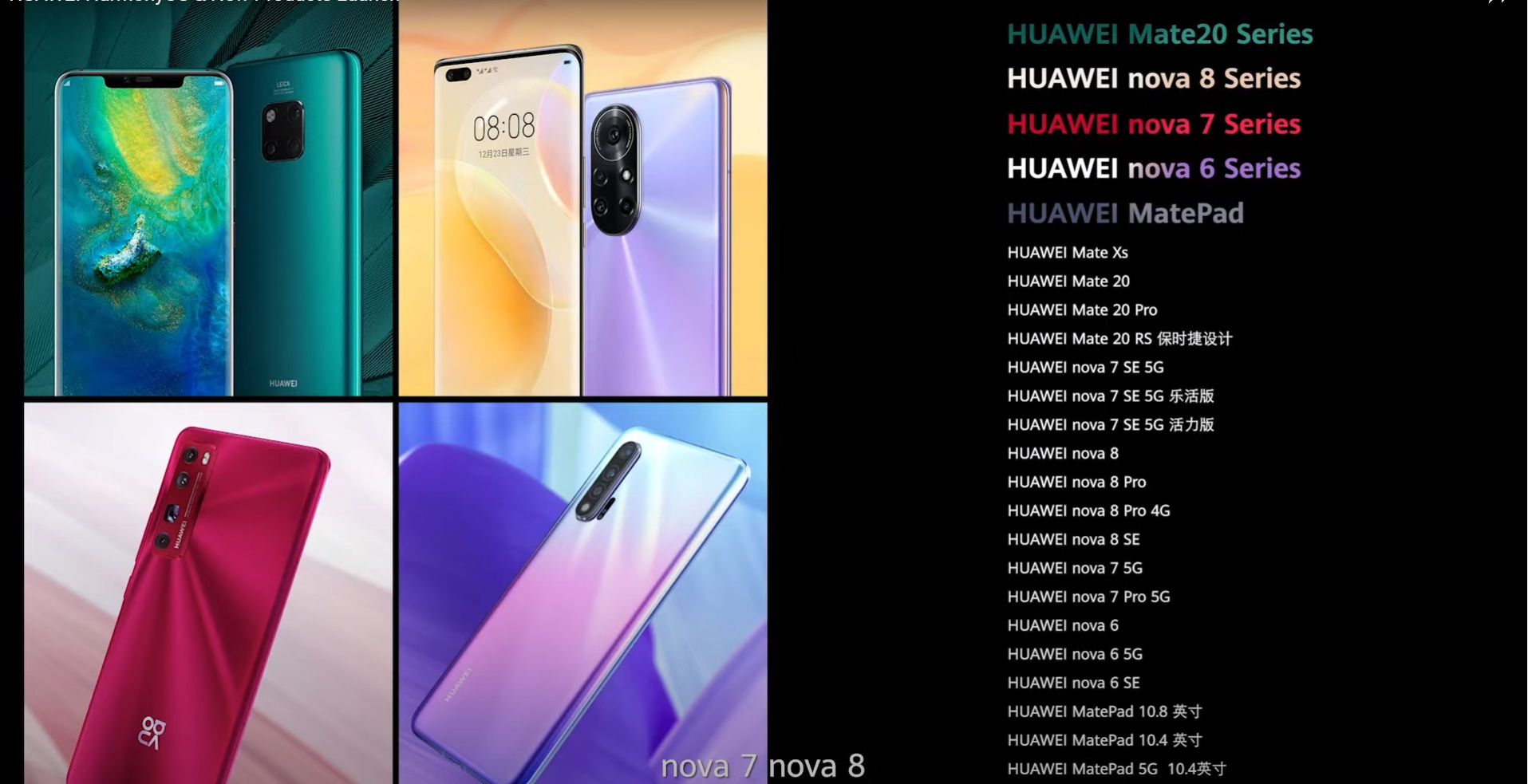
In the last quarter of 2021, the V and S series devices as well as the Mate 20 X will come into play.
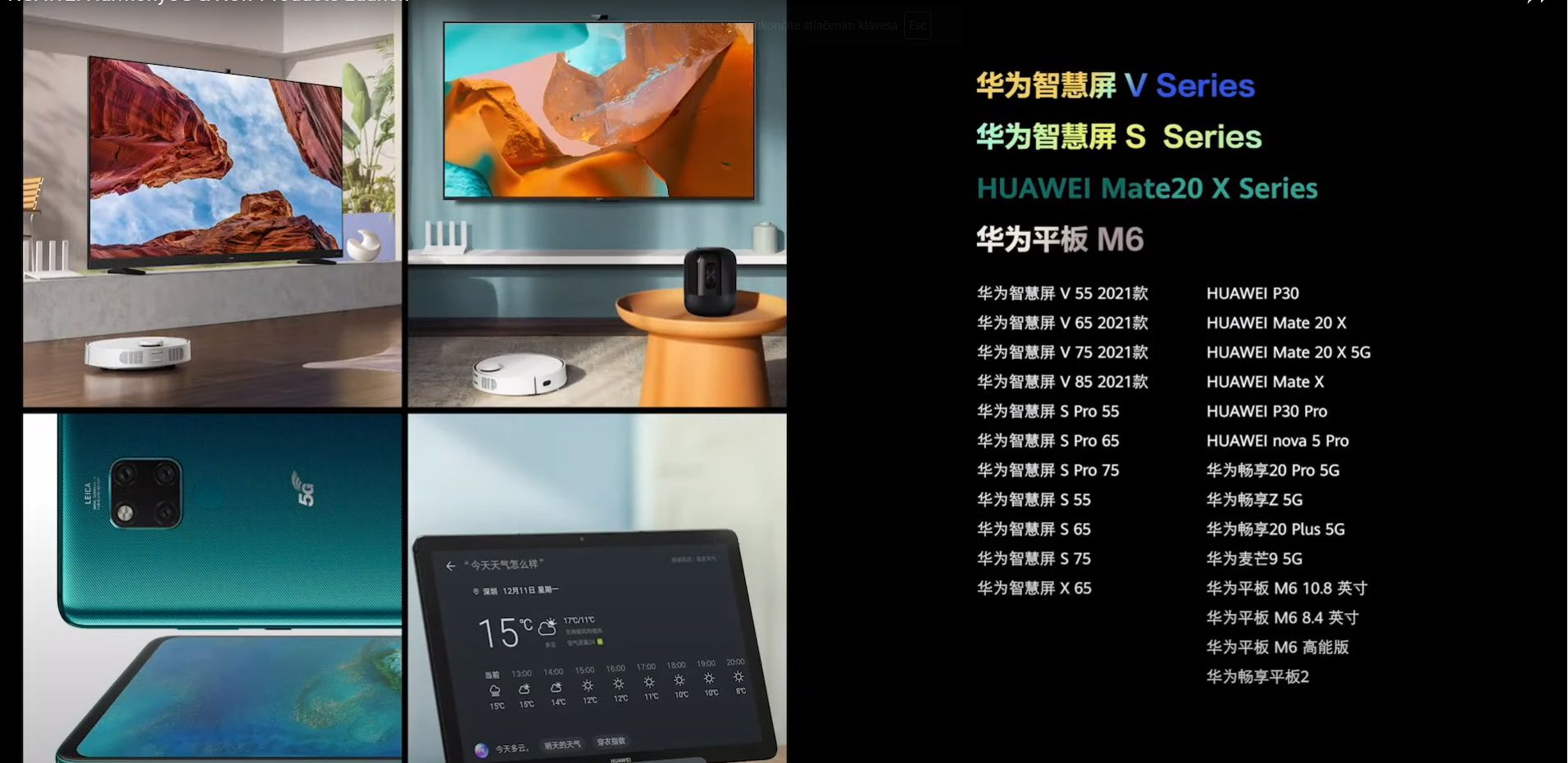
Older devices will also get the new operating system. Huawei planned to update them in the first half of 2022.
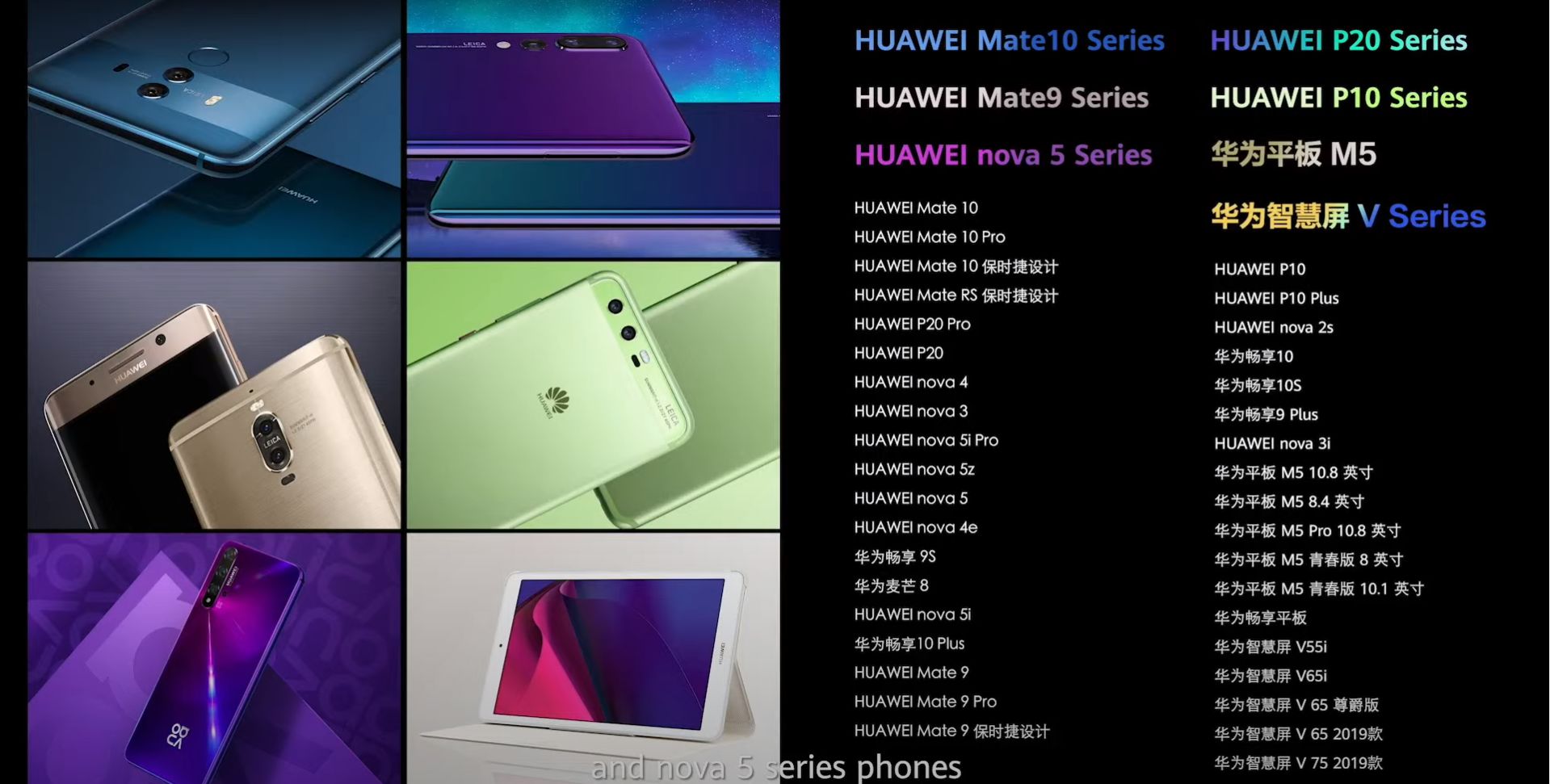
Our tip
HarmonyOS: what is the core of the new operating system?
